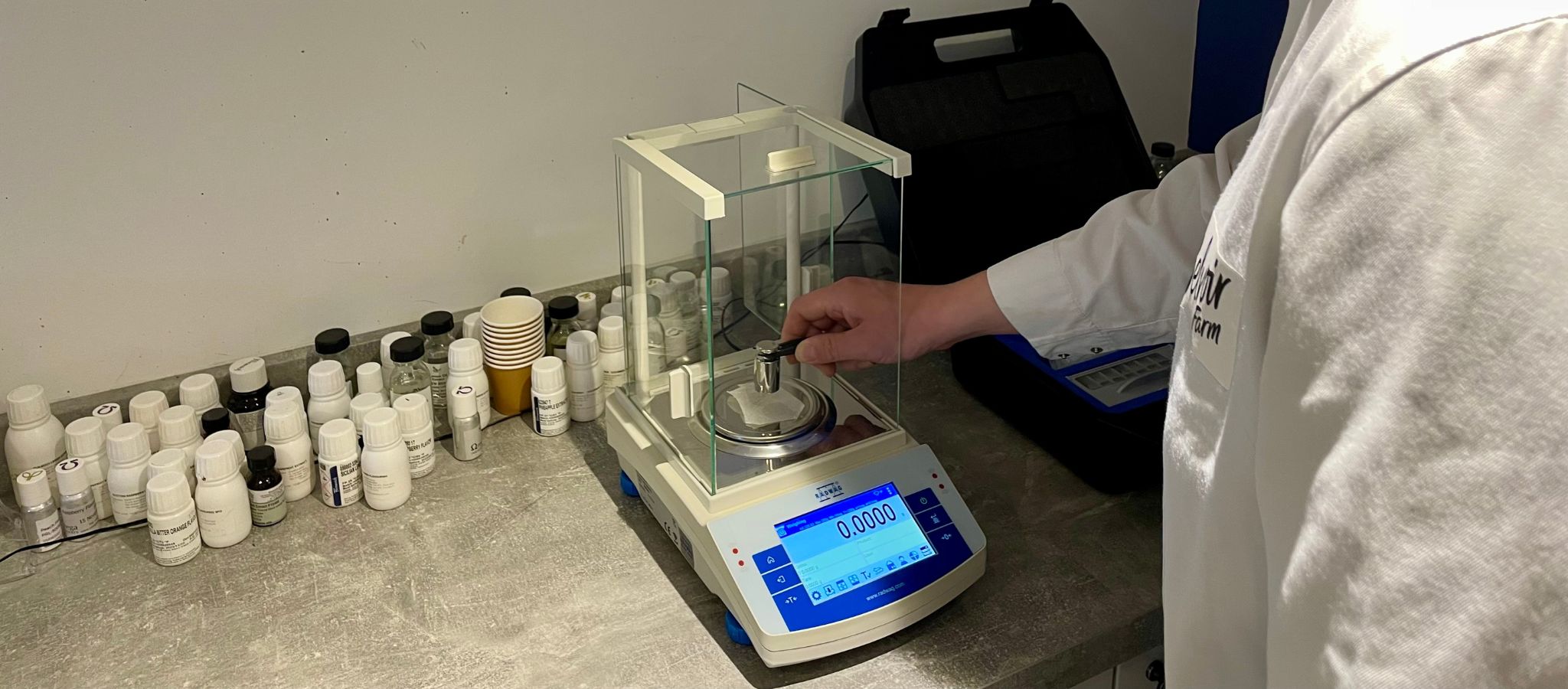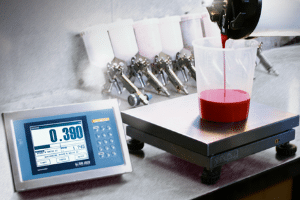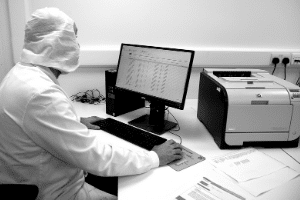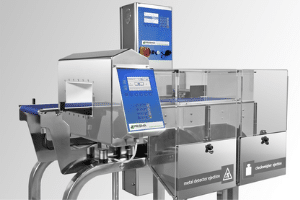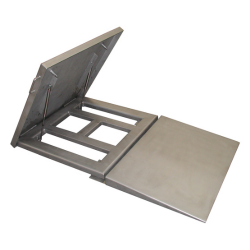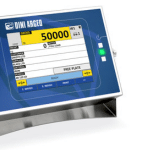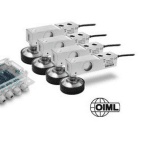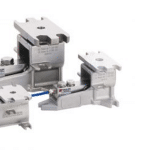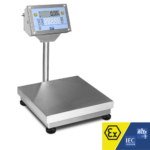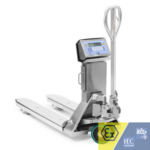Understanding Weighing Uncertainty in Lab Balances
Whether you’re in a pharmaceutical lab preparing formulations or in a quality control department ensuring consistency in production, the accuracy of your lab balance can directly impact results. But even the most sophisticated lab balance has a degree of weighing uncertainty – and understanding what that means is critical to maintaining quality and compliance.
What is Weighing Uncertainty?
In simple terms, weighing uncertainty refers to the degree of doubt about the result provided by a balance. It doesn’t mean the balance is faulty or inaccurate – it just acknowledges that no measurement is ever 100% free from variation.
This uncertainty is influenced by several factors, such as:
- The environment (temperature fluctuations, air currents, vibration)
- The balance itself (its resolution and calibration status)
- The operator (consistency in handling, use of tongs or gloves, etc.)
- The object being weighed (for example, if it’s hygroscopic or electrostatically charged)
These small variations add up and can affect the final result, especially when weighing very small amounts.
Why is Understanding Uncertainty Important?
Understanding and calculating uncertainty is crucial for a number of reasons, the first being legal and regulatory compliance with standards like ISO/IEC 17025, which require traceability and documented uncertainty.
Another important factor is quality control, where even the smallest deviation can result in a batch being out of spec.
And finally, confidence in results. In scientific experiments and industrial processes, knowing the uncertainty associated with a weight measurement allows for a more accurate assessment of the results and helps determine if observed differences are statistically significant or simply due to measurement variability.
How is Weighing Uncertainty Calculated?
Calculating weighing uncertainty isn’t always straightforward. It usually involves:
- The standard deviation of repeated measurements (repeatability)
- The calibration certificate data
- The readability of the balance
- Environmental and user influence
A full uncertainty budget can be drawn up, often with help from an accredited calibration provider or internal quality team. The result is expressed in the same unit as the measurement (e.g. ±0.1 mg) and usually at a confidence level of 95%.
How Can You Minimise Uncertainty?
While you can’t eliminate uncertainty, you can reduce it. Here are a few best practices:
- Use balances with appropriate readability for the task (don’t use a 0.1g balance to weigh 10mg!)
- Calibrate regularly, both internally and via accredited providers
- Use draft shields, vibration-isolating tables, and temperature-controlled environments
- Follow SOPs to ensure consistent handling and weighing methods
- Keep balances clean and regularly serviced
In Summary
Weighing uncertainty might sound like a technical headache, but it’s actually a helpful concept. It doesn’t undermine the value of your balance – it reinforces the need for robust measurement practices. By understanding the factors that influence weighing results and taking steps to reduce variation, you can ensure accurate, reliable, and traceable measurements every time.
Need Help Reducing Uncertainty?
At MWS, we offer UKAS-accredited calibration services designed to give you confidence in every gram. Whether you’re working in a high-precision lab or managing QA processes, our team can help ensure your equipment performs at its best and stays compliant.
📞 Get in touch to book your next calibration or to learn more about how we can support your lab.
